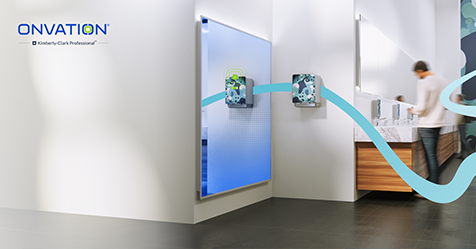WHO Outlines New Terms for Germs That Transmit Through the Air
The report is a significant development as it means different industries and professionals can now communicate with a common language.
Last week, the World Health Organization (WHO) released new definitions for infectious respiratory germs that are applicable for the cleaning industry. The pathogens covered include those that cause respiratory infections, e.g., COVID-19, influenza, measles, Middle East respiratory syndrome (MERS), severe acute respiratory syndrome (SARS), and tuberculosis, among others. The publication, titled Global Technical Consultation Report on Proposed Terminology for Pathogens that Transmit Through the Air, is the result of an extensive, multi-year collaborative effort between WHO experts and other international public health agencies, including the U.S. Centers for Disease Control and Prevention.
The report is a significant development as it means different industries and professionals can now communicate with a common language.
“The new terms should help prevent the confusion and miscommunication the industry previously experienced with terms that were based on the size of particles such as airborne versus aerosol versus droplets,” said Dr. Gavin Macgregor-Skinner, ISSA Senior Director. “Size of the particles is no longer an issue as it has been for decades.”
WHO new terms include “transmission through the air,” which can be used to describe when infectious germs become airborne and spread. Transmission through the air includes two subcategories:
- “Airborne transmission”—refers to when infectious respiratory particles expel into the air, such as from coughing or sneezing or breathing, and enter the respiratory tract of another person who inhales them.
- “Direct deposition”—refers to when infectious respiratory particles expel into the air and directly land on another person’s mouth, nose, or eyes, potentially causing infection.
However, the WHO’s “contact transmission” definitions have not been changed and are still very applicable for the cleaning industry. Contact transmission refers to contaminated surfaces which are created when infectious respiratory particles expelled into the air settle on a surface, or when an infected person transfers infectious respiratory secretions by firstly touching their own mouth, nose, or eyes and then touching a surface or shaking hands. Contact transmission also includes two subcategories:
- “Indirect contact transmission”—refers to when infectious germs on contaminated surfaces are transferred to another person who touches that contaminated surface and then touch their own mouth, nose, or eyes.
- “Direct contact transmission”—refers to when an infectious person directly transfers infectious germs from their own respiratory tract, not via transmission through the air, to another person by being in direct contact with that person, who then that person directly transfers the infectious respiratory germs into their own mouth, nose, or eyes.
This collaborative effort was the first phase of global scientific discussions led by WHO. Next steps include further technical and multidisciplinary research and exploration of the wider implementation implications of the updated terminology.


